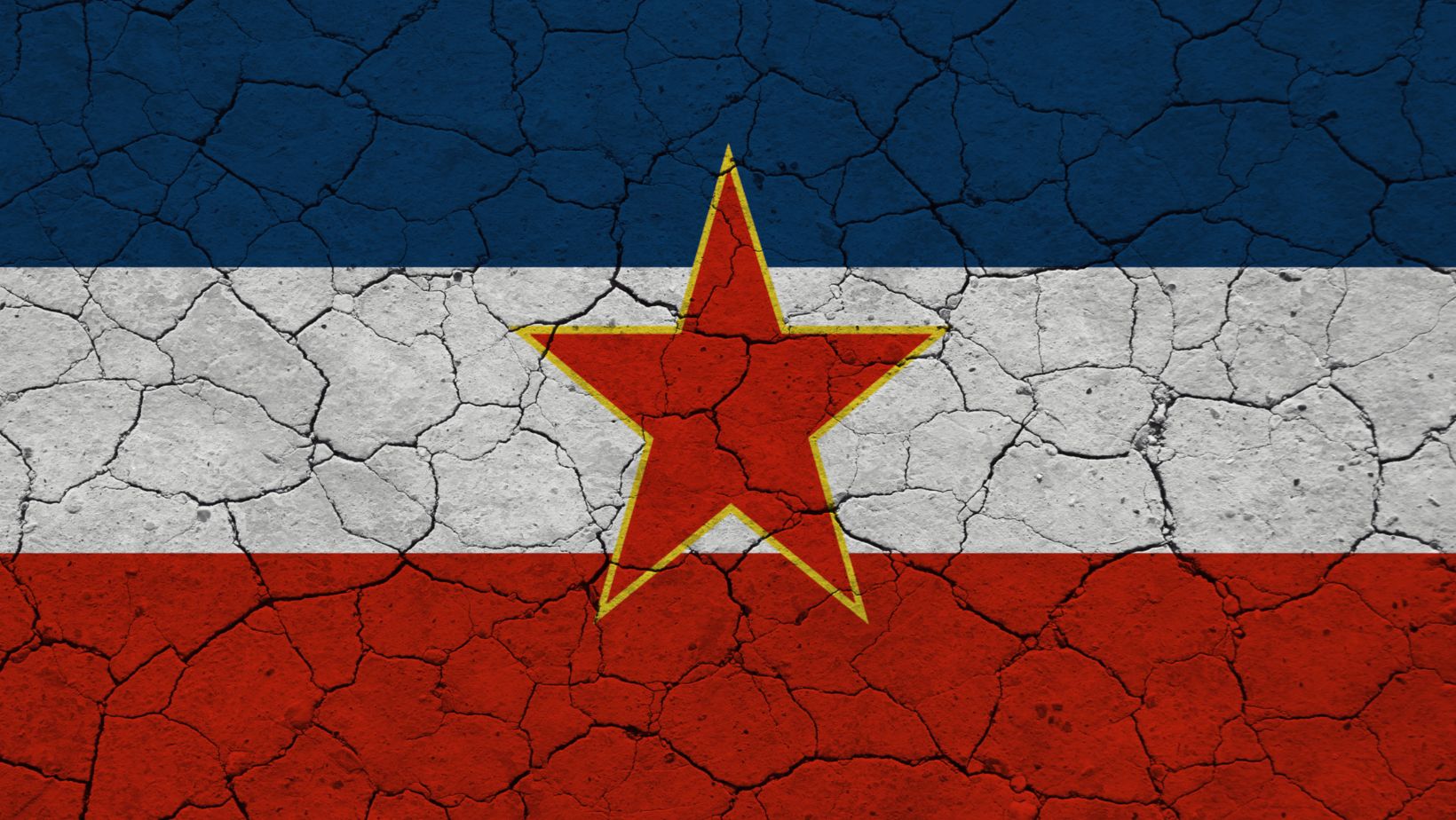
What Best Describes Yugoslavia Before Its Breakup?
Before its breakup, Yugoslavia can best be described as a complex and diverse federation of six republics, comprising Bosnia and Herzegovina, Croatia, Macedonia, Montenegro, Serbia, and Slovenia. The country emerged after World War II under the leadership of Josip Broz Tito and aimed to unite various ethnic groups with different histories, languages, and religious affiliations. Yugoslavia was characterized by its socialist system and non-alignment policy during the Cold War.
One key aspect that defined Yugoslavia before its breakup was its unique model of socialism known as “Titoism.” This ideology sought to balance state control with a degree of self-management in the economy. It allowed for market reforms while maintaining strong political control at the federal level. Titoism also emphasized unity among different ethnic groups within Yugoslavia through policies promoting multiculturalism and shared identity.
However, tensions began to rise in the 1980s due to economic stagnation, growing nationalism amongst some republics, and unresolved historical grievances between different ethnic communities. These factors ultimately led to the disintegration of Yugoslavia in the early 1990s and sparked violent conflicts that resulted in widespread devastation.
Tensions and Conflicts in Yugoslavia
Major Tensions in Yugoslavia
Yugoslavia, before its breakup, was a complex nation composed of various ethnic groups with deep historical and cultural differences. These differences often gave rise to tensions that eventually led to the disintegration of the country. One major tension in Yugoslavia was the struggle for power between different ethnic groups.
The most significant conflict within Yugoslavia was the ongoing tension between Serbs and Croats. This tension stemmed from historical animosities and grievances dating back centuries. The rivalry between these two groups escalated during World War II when Croatia aligned itself with Nazi Germany while Serbia fought against them as part of the resistance movement.
Another significant tension arose between Serbs and Albanians in Kosovo, where both communities had competing claims over land and political representation. This dispute intensified throughout the years, leading to violence and an increasing sense of nationalism among both groups.
The Rise of Nationalism in Yugoslavia
One key factor contributing to the tensions in Yugoslavia was the rise of nationalism among its constituent nations. As communism began to decline across Eastern Europe, nationalist sentiments resurfaced, fueling aspirations for independent states based on ethnic identity.
Slovenia, Croatia, Macedonia, Bosnia-Herzegovina, Montenegro, and Serbia all sought greater autonomy or complete independence from federal control. These aspirations were driven by a desire for self-determination and a belief that each nation should govern itself according to its own cultural traditions.
Nationalist leaders emerged within each republic advocating for their people’s interests rather than prioritizing Yugoslavia as a unified entity. This growing divide undermined Yugoslav unity and exacerbated existing tensions between different ethnic groups.

The Breakup of Yugoslavia
Yugoslavia was a complex and diverse country, formed after World War I and consisting of six republics: Slovenia, Croatia, Bosnia and Herzegovina, Serbia, Montenegro, and Macedonia. Before its eventual breakup in the 1990s, Yugoslavia experienced a series of political shifts, economic challenges, ethnic tensions, and external pressures that ultimately led to its dissolution.
- Political Shifts:
- Following World War II, Josip Broz Tito emerged as the leader of Yugoslavia and implemented a socialist system known as “Titoism.”
- Tito’s charismatic leadership helped maintain unity among different ethnic groups but also suppressed nationalist sentiments.
- After Tito’s death in 1980, political divisions began to resurface as leaders from different republics pursued their own interests.
- Economic Challenges:
- Despite initial economic success under socialist policies during Tito’s rule, Yugoslavia faced mounting debt by the 1980s.
- Inflation soared while productivity declined due to inefficient central planning and corruption within the system.
- Economic disparities between regions further fueled resentment among different republics.
- Ethnic Tensions:
- The diverse composition of Yugoslavia created a complex web of ethnic tensions rooted in historical conflicts.
- Nationalist aspirations grew stronger in each republic as calls for greater autonomy or independence intensified.
- Rising nationalism stoked fears among minority groups who felt marginalized or threatened by dominant ethnicities.
- External Pressures:
- The collapse of communism across Eastern Europe heightened demands for democratization within Yugoslavia.
- International actors such as Germany and Austria supported the independence movements of certain republics.
- The disintegration of the Soviet Union also removed an important source of support for maintaining Yugoslav unity.
As these factors converged, tensions escalated into armed conflicts throughout the 1990s that resulted in widespread violence and loss of life. The breakup of Yugoslavia ultimately led to the creation of independent nations such as Slovenia, Croatia, Bosnia and Herzegovina, Serbia, Montenegro, and later Kosovo.



